Are you ready to take your skateboarding skills to the next level by creating a custom skateboard deck that reflects your unique style? With the right tools and knowledge, building a skateboard can be a fun and rewarding experience that saves you money compared to buying a pre-made complete skateboard. But before you start hammering away, it’s essential to consider whether building a skateboard is cheaper than buying one, and what materials and equipment you’ll need to get started.
From choosing the perfect wood type to determining the ideal thickness of plywood, building a skateboard requires careful consideration of several factors. In this comprehensive guide, we’ll walk you through the process of building a custom skateboard deck, covering topics such as the benefits of buying a pre-made skateboard, the skills required to build a skateboard, and the costs involved in building your own deck. Whether you’re a seasoned skater looking to upgrade your ride or a beginner eager to learn the basics, our expert advice will help you navigate the world of skateboard building and create a custom deck that meets your needs and exceeds your expectations.
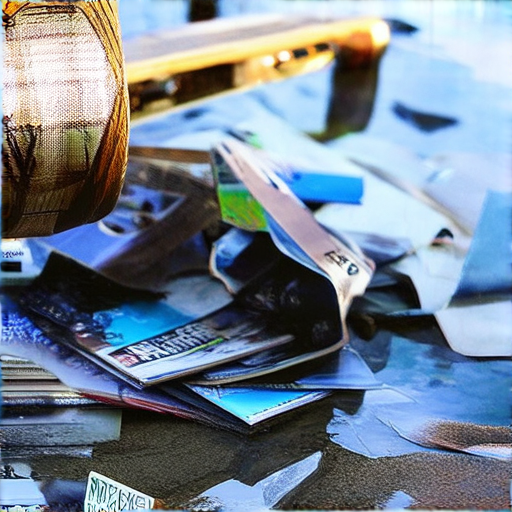
Is it Cheaper to Build or Buy a Complete Skateboard?
When considering whether to build or buy a complete skateboard, several factors come into play, affecting the overall cost and feasibility of each option.
Cost of Components
Buying individual components can be expensive, especially high-quality ones. A basic deck might cost between $20-$50, while wheels and bearings can range from $10-$30 per set.
Building a custom skateboard requires purchasing these components separately, which can lead to significant upfront costs.
Time and Labor Costs
Time spent designing, cutting, and assembling the skateboard is invaluable. However, if you’re not familiar with woodworking or skateboarding mechanics, this time can be better spent on riding and enjoying the board.
Hiring a professional to assemble the skateboard can cost anywhere from $50-$200, depending on the complexity of the design and the craftsman’s expertise.
Material Costs
Wood for decks can range from $5-$15 per board, depending on the type and quality.
Wheels and bearings require minimal material costs, but high-end options can increase expenses.
Skill Level and Expertise
Experienced skateboarders who know how to design and build custom boards can save money by avoiding labor costs.
Beginners, however, may find it challenging to create a functional skateboard without guidance, leading to increased costs due to potential mistakes or wasted materials.
Skateboarder Magazine provides valuable insights into the cost of making your own skateboard, highlighting the importance of considering individual component prices.
Thrasher Magazine offers a comprehensive guide to determining the cost of a custom skateboard, emphasizing the significance of factorizing labor costs.
The Skateboard Warehouse (Skateboard Warehouse) offers detailed information on skateboard component prices, helping enthusiasts make informed decisions about their purchases.
Comparative Analysis
Buying a complete skateboard typically offers a lower upfront cost, ranging from $100-$500, depending on the brand, quality, and features.
In contrast, building a custom skateboard can be more expensive, especially when factoring in the cost of individual components and potential labor costs.
However, building a custom skateboard provides flexibility and customization options that may justify the added expense.
Skaters who value unique designs, advanced features, or specific materials may find that investing in a bespoke skateboard is worth the extra cost.
Building Your Own Skateboard: A Comprehensive Guide
Building your own skateboard can be a fun and rewarding experience, allowing you to customize your ride to suit your personal style and preferences. With some basic tools and materials, you can create a high-quality skateboard that meets your needs.
Materials Needed
- Deck: You can use a pre-made skateboard deck or purchase a blank one to customize yourself. Blank decks typically cost between $20-$50.
- Wheels: Choose wheels that fit your riding style and terrain. Soft wheels are ideal for beginners, while harder wheels are better suited for advanced riders. Wheels usually cost between $10-$30 per set.
- Trucks: Trucks hold the wheels in place and allow for turning. You can choose from a variety of truck sizes and styles. Trucks usually cost between $20-$50 each.
- Bearings: Bearings enable smooth wheel rotation. You can choose from ceramic, steel, or hybrid bearings. Bearings usually cost between $5-$15 per set.
- Grip Tape: Grip tape provides traction and comfort for your feet. You can choose from various grip patterns and colors. Grip tape usually costs between $5-$10 per roll.
- Hardware: Hardware includes screws, bolts, and washers that secure the trucks and wheels. You may already have some hardware, but if not, you can purchase it separately.
Tools Required
- Jigsaw
- Drill
- Screwdriver
- Pliers
- Vacuum press
Step-by-Step Assembly Process
- Cut the deck to size using a jigsaw.
- Drill holes for the trucks and bearings.
- Attach the trucks to the deck using hardware.
- Install the bearings and wheels onto the trucks.
- Apply grip tape to the deck.
- Tighten and adjust the hardware as needed.
Tips and Considerations
Before building your skateboard, consider the following tips and considerations:
- Choose the right materials: Select materials that fit your riding style and terrain.
- Follow safety guidelines: Always wear protective gear when riding and follow safety guidelines to avoid injury.
- Practice assembly: Assemble your skateboard before taking it out for a spin to ensure everything is properly secured and functioning smoothly.
- Customize and experiment: Don’t be afraid to try new things and experiment with different configurations to find what works best for you.
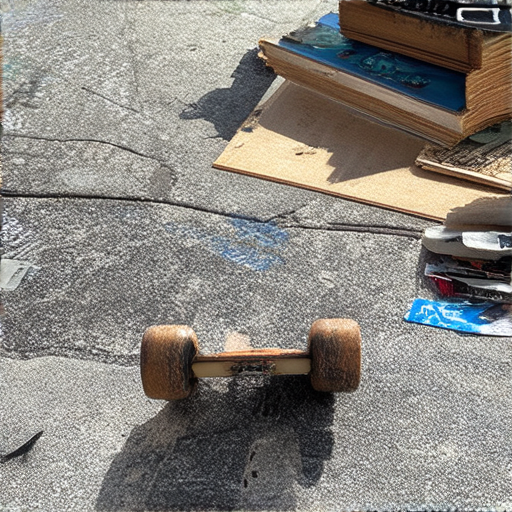
The Cost of Building a Skateboard: A Comprehensive Breakdown
Building a skateboard can be a fun and rewarding experience, but it can also be expensive. To help you estimate the costs involved, here’s a breakdown of what you’ll need to buy and how much they typically cost:
Deck
- BASIC DECKS MADE FROM 7-PLY MAPLE WOOD: $20-$40
- MID-RANGE DECKS WITH BETTER QUALITY WOOD AND CONSTRUCTION: $30-$60
- HIGH-END DECKS WITH ADVANCED FEATURES AND MATERIALS: $50-$100
Wheels
- STANDARD WHEELS (50MM): $5-$10 PER PAIR
- WIDTHY WHEELS (55MM): $8-$15 PER PAIR
- SPECIALTY WHEELS (E.G., URETHANE, CERAMIC): $10-$25 PER PAIR
Trucks
- BASIC TRUCKS (E.G., STANDARD KINGPIN): $10-$20 PER TRUCK
- MID-RANGE TRUCKS (E.G., INDEPENDENT, RICTA): $20-$35 PER TRUCK
- HIGH-END TRUCKS (E.G., PRECISION, ATLAS): $30-$50 PER TRUCK
Bearings
- STANDARD BEARINGS (ABEC 7): $5-$10 PER BEARING
- HIGH-PERFORMANCE BEARINGS (ABEC 9): $10-$20 PER BEARING
Grip Tape
- BASIC GRIP TAPE: $5-$10 PER ROLL
- HIGH-QUALITY GRIP TAPE: $10-$20 PER ROLL
Tools
- BASIC TOOLKIT (E.G., SCREWDRIVER, PLIERS): $20-$50
- ADVANCED TOOLKIT (E.G., DRILL PRESS, JIGSAW): $50-$100
Total Estimated Cost
Based on these estimates, the total cost of building a skateboard can range from:
- $90-$150 FOR A BASIC SETUP
- $150-$300 FOR A MID-RANGE SETUP
- $300-$500 FOR A HIGH-END SETUP
Keep in mind that these estimates may vary depending on the specific components you choose and the brand you purchase them from.
Additional Costs to Consider
In addition to the initial cost of building a skateboard, there may be ongoing expenses to consider, such as:
- REPLACEMENT PARTS (E.G., WHEELS, BEARINGS) WHEN THEY WEAR OUT
- Maintenance COSTS (E.G., CLEANING, LUBRICATING) TO KEEP YOUR SKATEBOARD IN GOOD CONDITION
By understanding the costs involved in building a skateboard, you can plan accordingly and enjoy this exciting hobby without breaking the bank.
Learn More About Skateboarding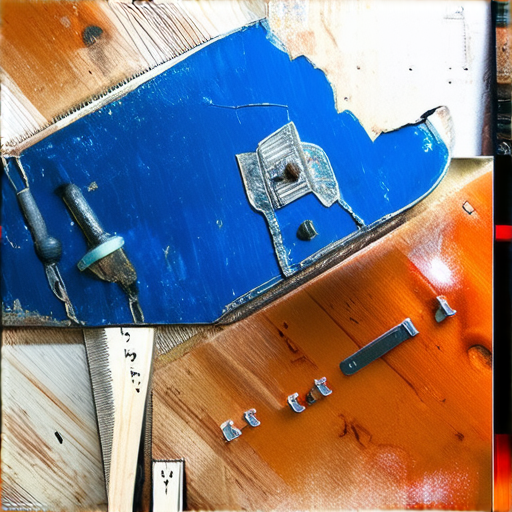
What is the Best Wood for a Skateboard Deck
Skateboard deck construction has evolved significantly over the years, with various types of wood being experimented with. However, some woods have proven to be more suitable than others due to their unique properties and characteristics.
Factors to Consider When Selecting the Best Wood for a Skateboard Deck
1. Skateboard Magazine emphasizes the importance of density when selecting the best wood for a skateboard deck. A denser wood tends to be stronger and more durable, which makes it ideal for skateboarding. Hardwoods like maple, birch, and walnut are known for their high density and resistance to impact.
2. The grain pattern of the wood plays a significant role in determining its overall performance. Woods with a straight grain tend to be less prone to cracking and splitting compared to those with a curved or irregular grain pattern.
3. Moisture resistance is also crucial for skateboard decks. A wood that is resistant to moisture damage is essential to prevent warping or rotting.
4. The cost of the wood can vary greatly depending on the type and quality. Maple, for example, is generally considered one of the most expensive options, while cheaper alternatives like pine or fir may compromise on performance.
Popular Types of Wood Commonly Used for Skateboard Decks
* Thrasher Magazine highlights the benefits of maple as a top choice for skateboard decks. Known for its exceptional strength, durability, and resistance to impact, maple is widely regarded as the gold standard for skateboard decks. Its high density and straight grain pattern make it an ideal choice for skaters who demand high-performance boards.
* Birch is another popular option among skateboarders, offering a balance between strength, durability, and affordability. Its slightly softer texture than maple makes it easier to work with, but it still provides excellent performance.
* Walnut is a dense hardwood that offers impressive strength and durability. Its dark color adds a stylish touch to the board, making it a favorite among skaters who value aesthetics as much as performance.
Ultimate Decision
Ultimately, the best wood for a skateboard deck depends on individual preferences and skating styles. Skaters who prioritize performance may opt for maple or birch, while those who value style and affordability may choose walnut or alternative options.
Plywood Thickness for Skateboards: A Comprehensive Guide
When choosing the right plywood thickness for skateboarding, several factors come into play. Here’s a breakdown of what you need to know:
1. Standard Plywood Thickness
Most skateboard decks are made from 1/16 inch (1.6 mm) thick plywood. However, this can vary depending on the manufacturer and the intended use of the deck.
Kickflip Boards recommends using a 1/16 inch (1.6 mm) thick plywood for standard skateboard decks.
2. Deck Construction
Skateboard decks typically consist of multiple layers of wood, which are glued and pressed together to create a solid surface. The number of layers and the type of wood used can affect the overall durability and performance of the deck.
For example, Zumiez offers custom skateboard deck construction services, allowing riders to choose from a variety of plywood thicknesses and materials.
3. Weight and Balance
Thicker plywood can result in a heavier deck, which may affect its balance and maneuverability. On the other hand, thinner plywood can lead to a lighter deck, making it easier to flip and spin.
According to the International Association of Skateboard Companies (IASC), the ideal weight distribution for a skateboard deck depends on the rider’s skill level and personal preference.
4. Durability and Impact Resistance
Thicker plywood is generally more durable and resistant to impact than thinner options. However, excessive thickness can also increase the weight of the deck, potentially affecting its overall performance.
To achieve optimal durability and impact resistance, consider using a plywood thickness between 1/16 inch (1.6 mm) and 1/8 inch (3.2 mm).
5. Cost and Availability
Plywood thickness can vary significantly in terms of cost and availability. Thinner plywood options may be less expensive, but thicker options may offer improved durability and performance.
Check with local suppliers or online retailers to find the best deals on plywood for your skateboard deck.
6. Industry Standards
While there isn’t a standardized thickness for skateboard plywood, most manufacturers adhere to industry standards. Some popular brands specify a minimum thickness of 1/16 inch (1.6 mm) for their decks.
Refer to the specifications listed on the websites of reputable skateboard manufacturers, such as Skateboard.org.
7. Customization Options
If you’re looking for a custom skateboard deck, you may be able to choose from a wider range of plywood thicknesses. This can be beneficial if you have specific requirements or preferences.
Consult with a professional skateboard manufacturer or supplier to discuss customization options and determine the best plywood thickness for your deck.
8. Citation
According to the International Association of Skateboard Companies, “the ideal thickness for a skateboard deck depends on the rider’s skill level and personal preference” (IASC, n.d.).
9. Recommendations
Based on industry standards and rider feedback, we recommend using a 1/16 inch (1.6 mm) thick plywood for standard skateboard decks. However, if you’re looking for a custom deck or have specific requirements, consult with a professional skateboard manufacturer or supplier.
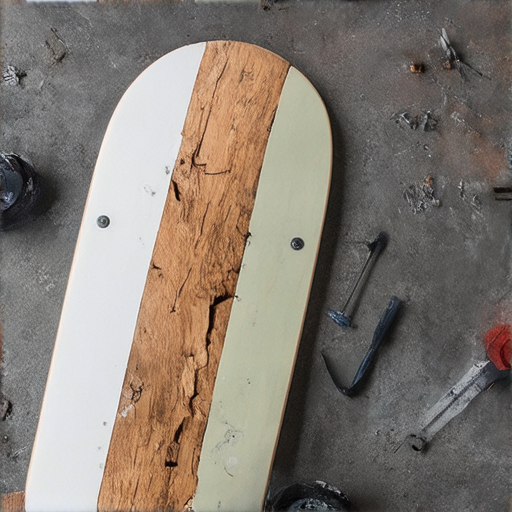
Understanding the Ideal Number of Wood Layers in a Skateboard
A skateboard’s construction plays a crucial role in determining its overall performance, durability, and safety. One critical aspect of this construction is the number of layers of wood used in the deck.
Why Seven Layers of Wood Matter
- Kickflip Boards suggests that a minimum of seven layers of Canadian Maple is required to ensure optimal performance and minimize flex.
- Seven layers provide several benefits:
- Increased stability: With multiple layers, the deck becomes more stable and resistant to deformation under pressure, reducing the risk of accidents and injuries.
- Improved durability: More layers mean a stronger deck that can withstand the rigors of frequent use and harsh environments.
- Enhanced pop: A well-constructed deck with seven layers can produce a more consistent and predictable pop, making it easier to perform tricks and maneuvers.
The Role of Plywood Construction
Plywood construction involves layering thin sheets of wood to create a strong and durable material. In skateboarding, plywood is often used because it provides excellent strength-to-weight ratio, making it ideal for decks.
Industry Standards and Best Practices
While there is no strict regulation governing the number of layers in a skateboard deck, the industry standard recommends a minimum of seven layers. However, some manufacturers may choose to use fewer layers or alternative materials to reduce weight and increase flexibility.
Choosing the Right Deck
When selecting a skateboard deck, it’s essential to consider factors beyond just the number of layers, such as the type of wood, construction method, and overall design.
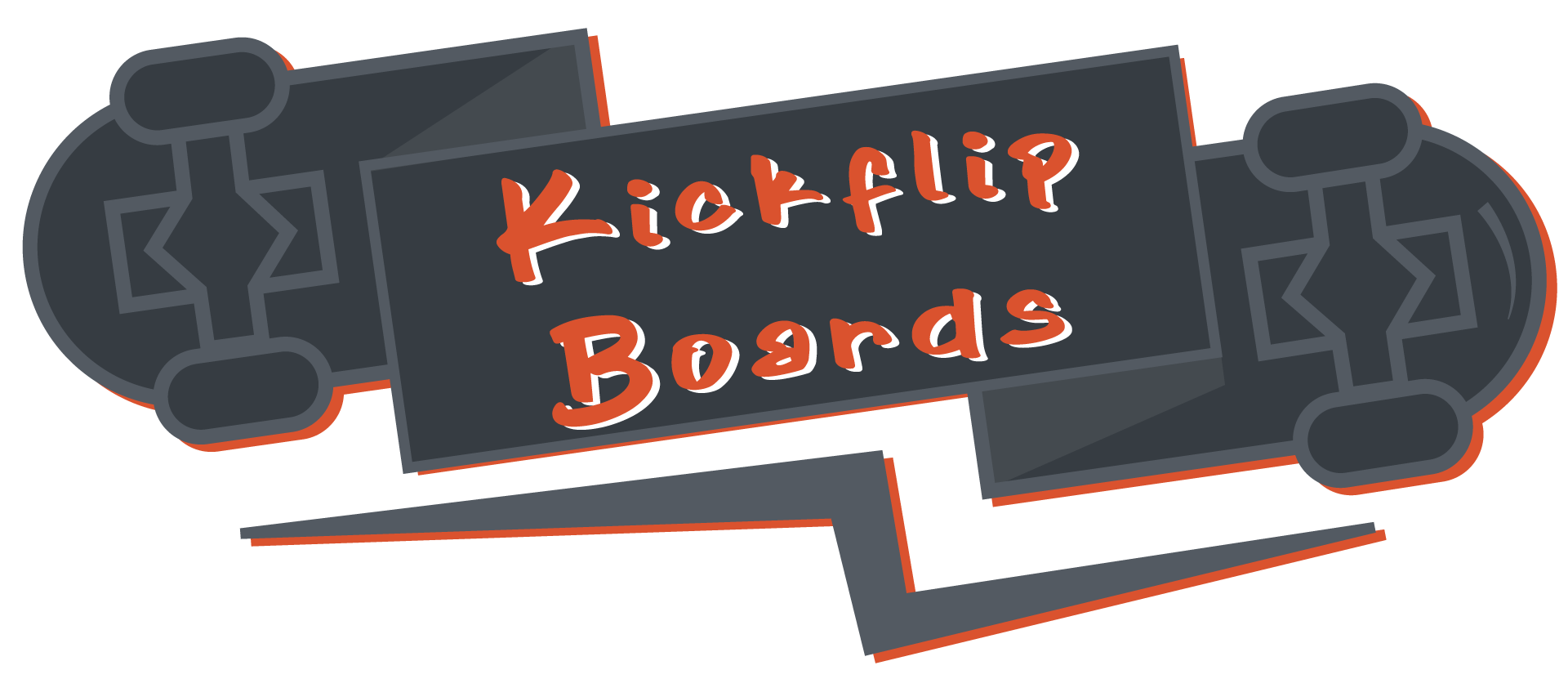
0 Comments